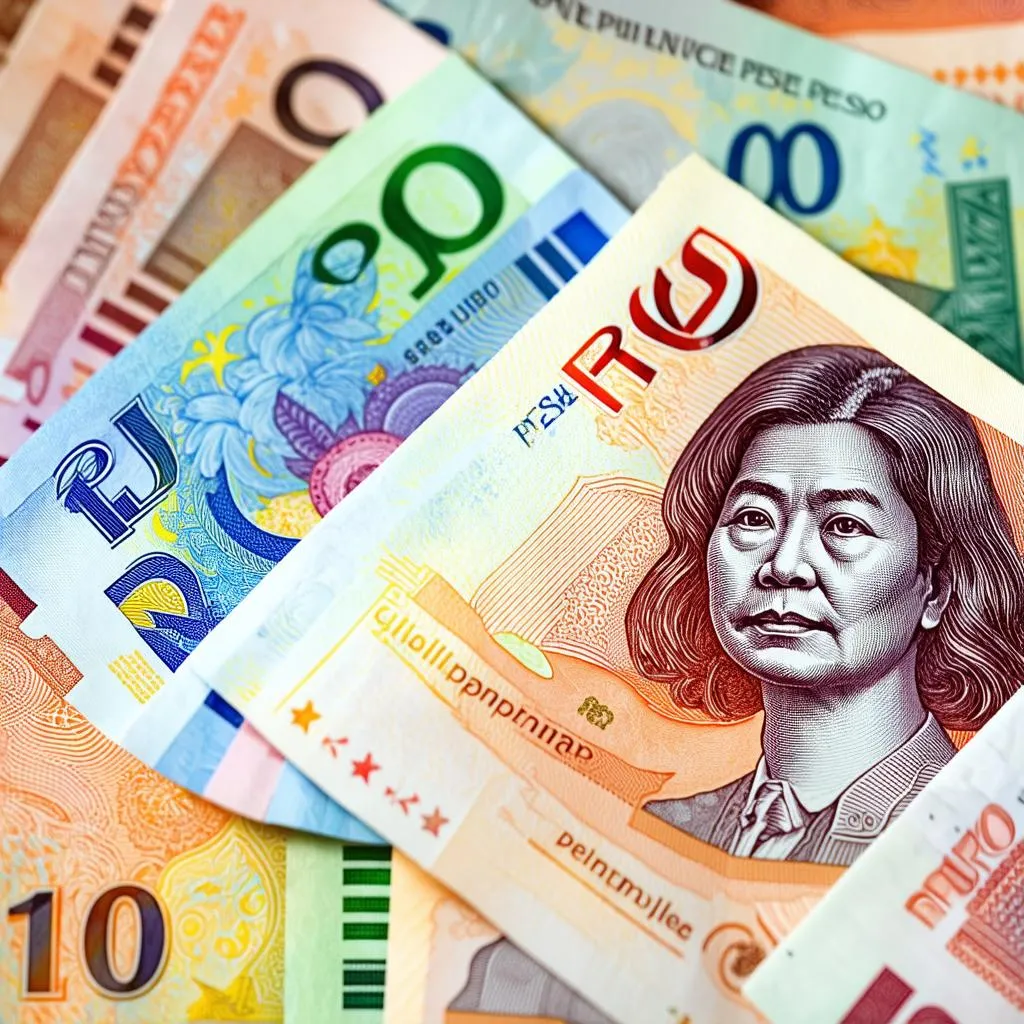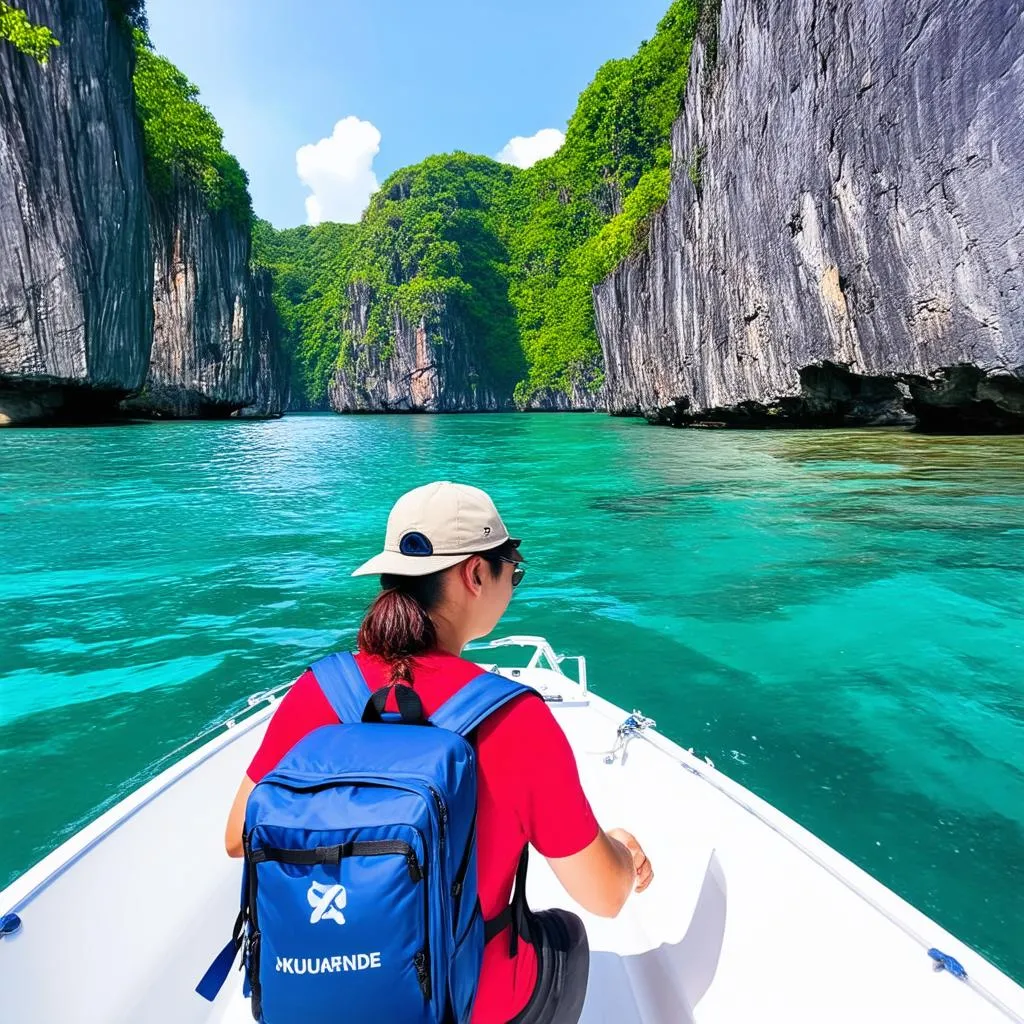“It’s more fun in the Philippines!” – a phrase you’ll hear often, and for a good reason. This archipelago of over 7,000 islands boasts stunning beaches, vibrant cities, friendly locals, and a unique culture that draws in travelers from across the globe. But how much will your Philippine adventure set you back? Let’s dive into the nitty-gritty of traveling costs in the Philippines.
Understanding the Costs
The beauty of the Philippines lies in its affordability. Whether you’re a backpacker on a shoestring budget or a luxury traveler seeking exclusive experiences, the Philippines caters to every pocket. However, like any destination, costs can vary depending on your travel style, choices, and destinations within the country.
Accommodation
Budget: From cozy hostels in Manila (think Z Hostel rooftop vibes) to basic fan rooms in Palawan, expect to spend around $10-$30 per night.
Mid-range: Comfortable hotels with air conditioning, pools, and sometimes breakfast buffets will cost $40-$80 per night.
Luxury: For upscale resorts with private beaches, world-class service, and breathtaking views, be prepared to shell out $100-$500 or more per night, especially in places like El Nido or Boracay.
Food
Street food: Dive into the world of Filipino cuisine with delicious and affordable street food. A hearty meal of adobo rice or sisig can cost as low as $1-$3.
Local restaurants: For a sit-down experience, local restaurants offer incredible value. Expect to pay $5-$15 for a satisfying meal.
Fine dining: If you’re craving international flavors or a fancy night out, high-end restaurants in cities like Makati or Cebu can cost $30-$100 per person.
Transportation
Domestic Flights: The Philippines is vast, and flying is often the most efficient way to island-hop. Budget airlines like Cebu Pacific and AirAsia offer competitive fares, with one-way flights averaging $20-$50.
Ferries: For a more scenic (and budget-friendly) option, ferries connect many islands. Prices vary depending on the distance and type of ferry, ranging from $5 to $30.
Local Transportation: Jeepneys (iconic Filipino public transport), buses, and tricycles are super affordable, costing less than $1 for short trips.
Activities
Beaches and Nature: Many beaches are free to enjoy, while others might have a small entrance fee (usually under $5).
Island Hopping & Tours: These can range from $15 for a half-day island hopping tour to $100 or more for multi-day excursions.
Diving: The Philippines is a diver’s paradise! Expect to pay around $30-$50 per dive.
Example Budget Breakdown (7-day Backpacking Trip)
Accommodation (hostels): $210
Food (mix of street food and local restaurants): $140
Transportation (including flights, ferries, and local transport): $100
Activities (island hopping, snorkeling, hiking): $100
Total: $550 (approximately)
Planning Your Budget
Consider the Season: The Philippines has a tropical climate. The peak season (November to April) sees higher prices, especially during Christmas and New Year.
Travel Style: Backpackers can easily stretch their dollars further than luxury travelers.
Destinations: Some islands, like Boracay, tend to be more expensive than less-visited destinations.
 Philippine Peso Banknotes
Philippine Peso Banknotes
Feng Shui Tips for Travelers
In many Asian cultures, Feng Shui plays a role in attracting good luck and positive energy. Here are some travel-related Feng Shui tips:
- Pack with Intention: Choose clothes in colors that resonate with your travel goals. For example, blue for calmness and orange for adventure.
- Carry a Lucky Charm: A small trinket or talisman can bring you peace of mind and attract positive energy.
- Be Mindful of Direction: If you’re using a compass, try facing east when you wake up to welcome new beginnings.
FAQs
What is the best time to visit the Philippines?
The dry season (November to April) is generally the best time for pleasant weather, but you can find great deals during the shoulder months (May-June and September-October).
Do I need a visa for the Philippines?
Many nationalities can enter the Philippines visa-free for up to 30 days. However, it’s essential to check the specific visa requirements for your nationality before you travel.
Is it safe to travel in the Philippines?
Like any destination, it’s essential to exercise caution and be aware of your surroundings. However, the Philippines is generally a safe country for travelers.
 Island Hopping in El Nido
Island Hopping in El Nido
Explore the Philippines with Travelcar.edu.vn
Planning your dream trip to the Philippines? Travelcar.edu.vn offers a wealth of resources to help you plan your itinerary, find the best deals on flights and accommodation, and discover hidden gems off the beaten path. From the breathtaking rice terraces of Banaue to the pristine beaches of Siargao, let us be your guide to an unforgettable Philippine adventure!
Conclusion
The Philippines offers an incredible travel experience that won’t break the bank. By planning carefully and embracing the local culture, you’ll create memories that will last a lifetime without emptying your wallet. So, pack your bags, book your flights, and get ready for an amazing adventure in the “Pearl of the Orient Seas!”
We’d love to hear about your travel plans and tips! Share your thoughts in the comments below or connect with us on social media. Happy travels!